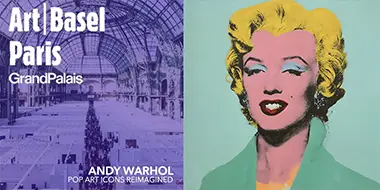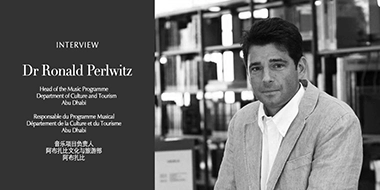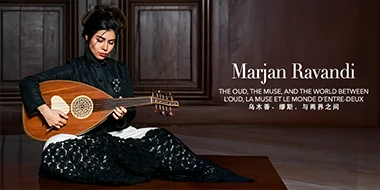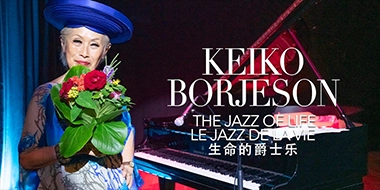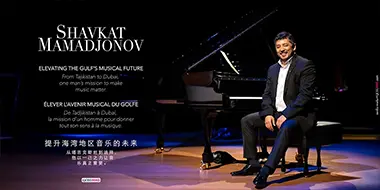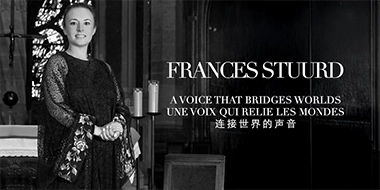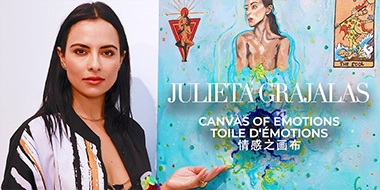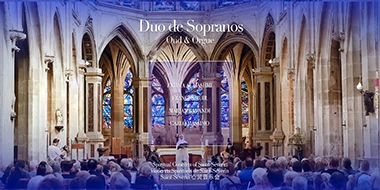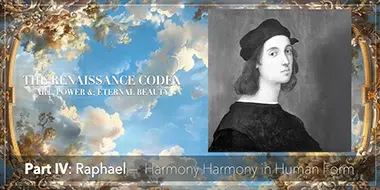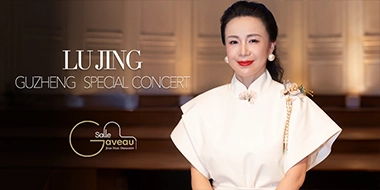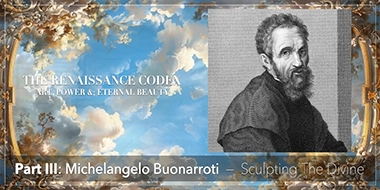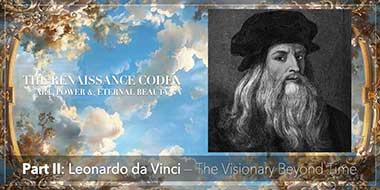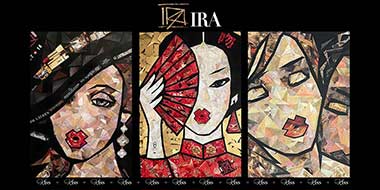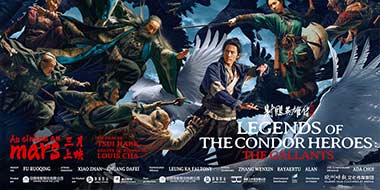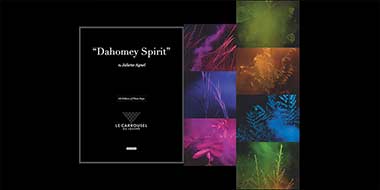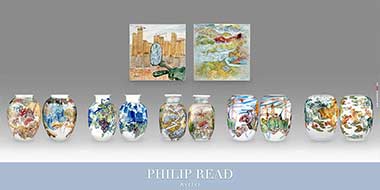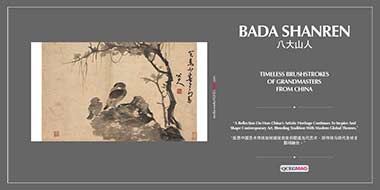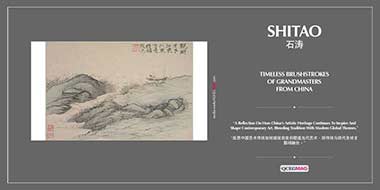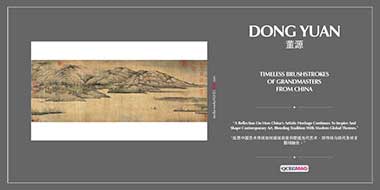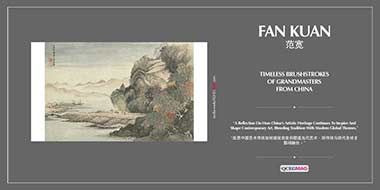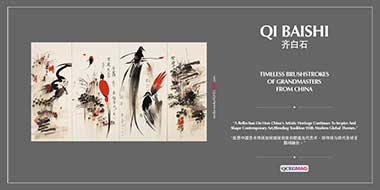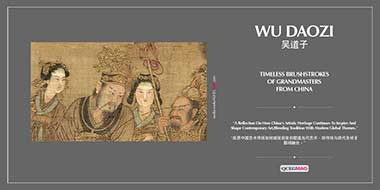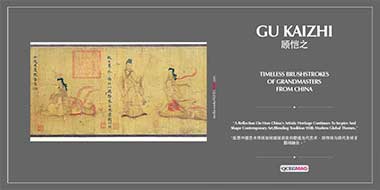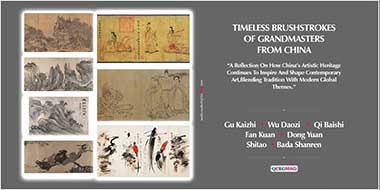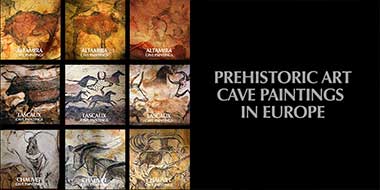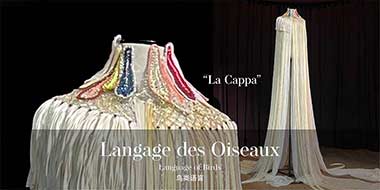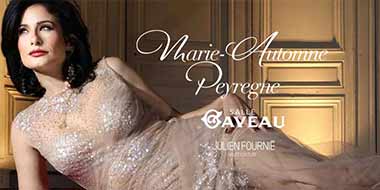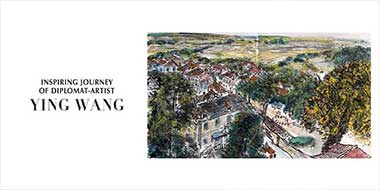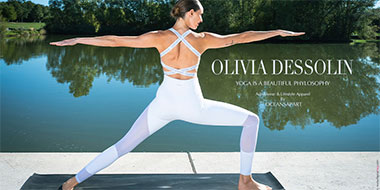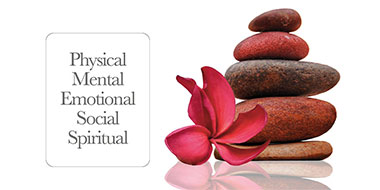THE RENAISSANCE CODEX
ART, POWER & ETERNAL BEAUTY
Part IV: RAPHAEL - HARMONY IN HUMAN FORM
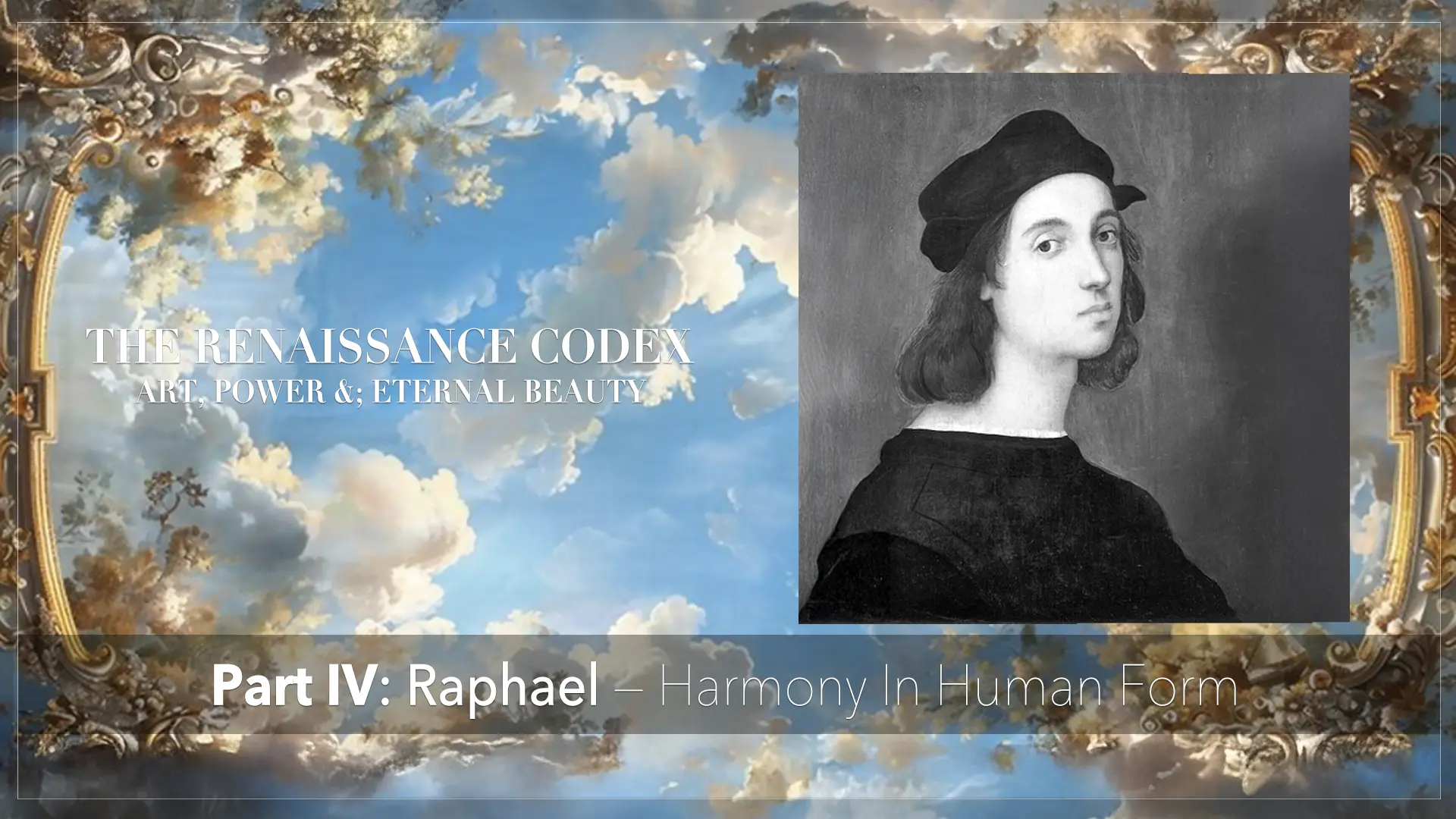
ART, POWER AND ETERNAL BEAUTY

- Part I:
Divine Geniuses of the Renaissance - Part II:
Leonardo — The Visionary Beyond Time - Part III:
Michelangelo — Sculpting the Divine -
↳ Part IV:
Raphael — Harmony in Human Form - (UPCOMING NEXT)
↓ - Part V:
Botticelli — Painter of Venus and Dreams - Part VI:
Titian — Fire, Flesh & Venetian Splendour - Part VII:
Echoes of the Renaissance in Modern Luxury

Where Michelangelo roared with drama and Leonardo whispered with mystery, Raphael sang with grace. His art is a delicate equilibrium — composed, divine, and sublimely human. The youngest of the three great High Renaissance masters, Raphael distilled the era’s ideals into a visual language of elegance and serenity, one that continues to resonate in art, architecture, and even the runways of modern fashion.
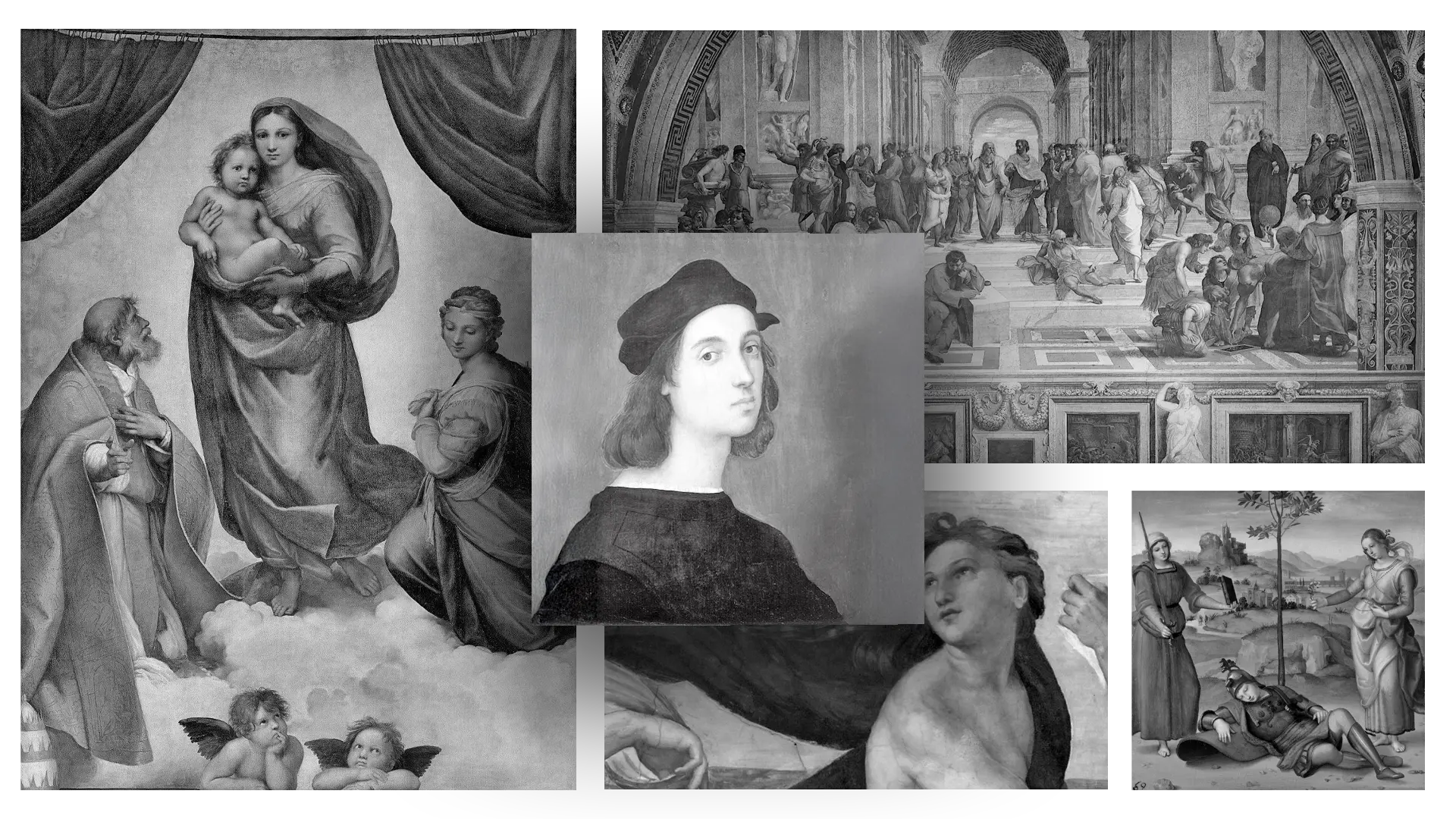
Raphael painted not just beauty but balance. His canvases are filled with serene figures and perfect geometries, creating a world where divinity and humanity coexist in harmony. He was the visual poet of proportion, a master of compositional clarity, whose influence shaped the very notion of classical perfection in Western art.

The School of Athens is Raphael’s philosophical fresco of genius in harmony—Plato and Aristotle at the centre, flanked by other luminaries of classical thought. In this visual symphony of intellect and proportion, we see fashion’s intellectual counterpoints: the intellectual minimalism of The Row, the quiet restraint of Lemaire, and the architectural fluidity of Chloé under Clare Waight Keller.
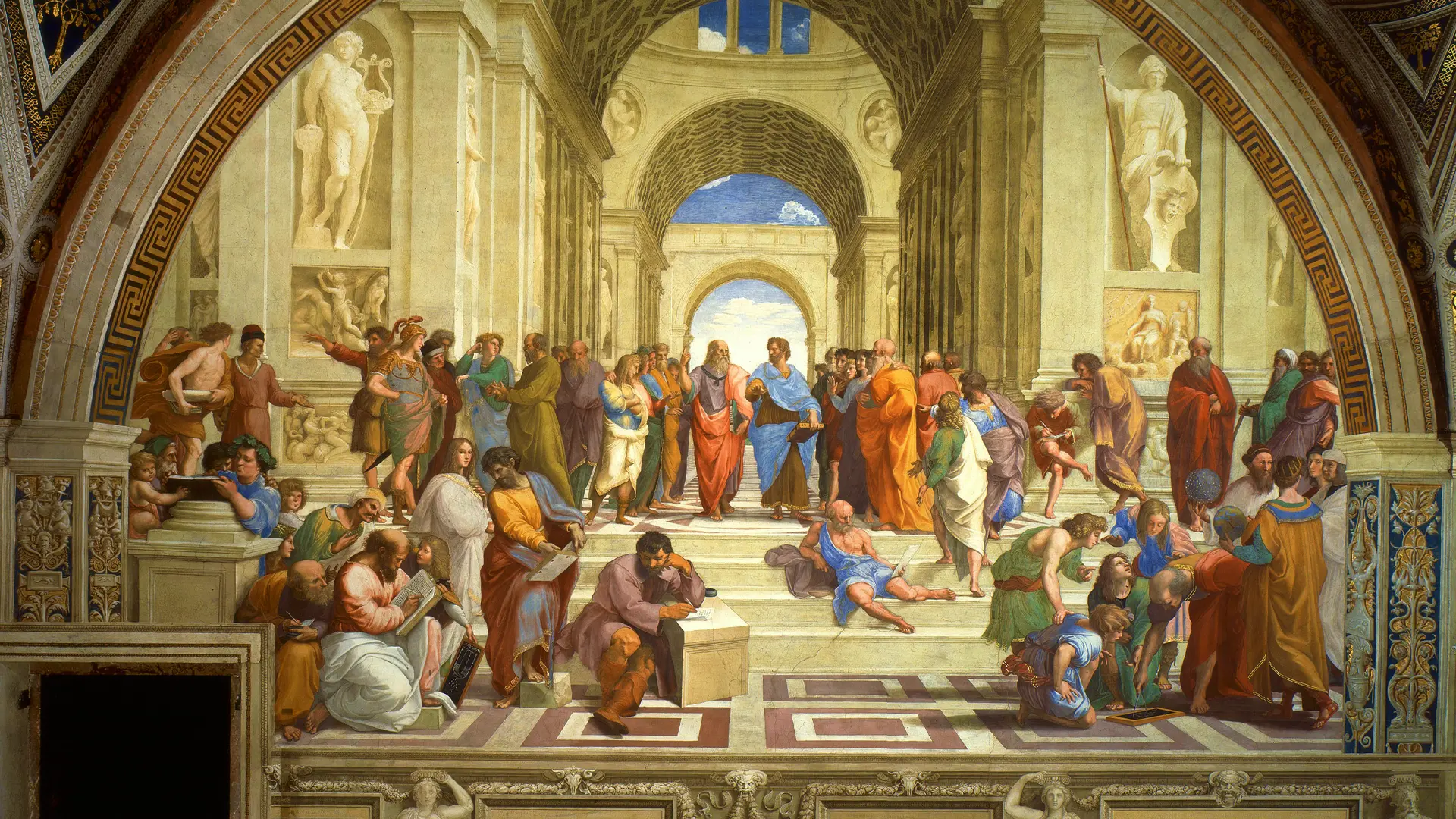
School of Athens (1508–1511)
Fresco by Raphael.
In the Stanza della Segnatura in the Vatican
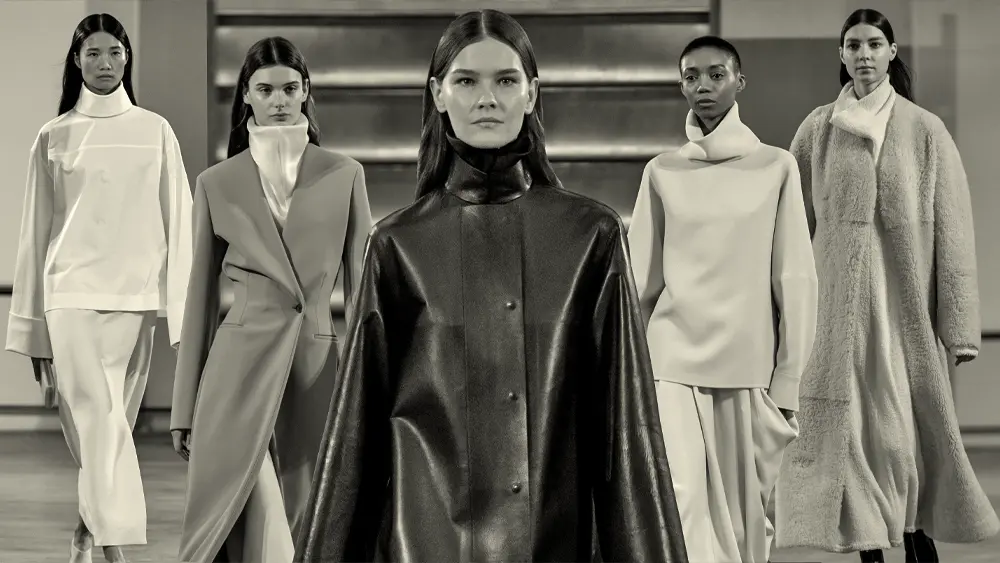
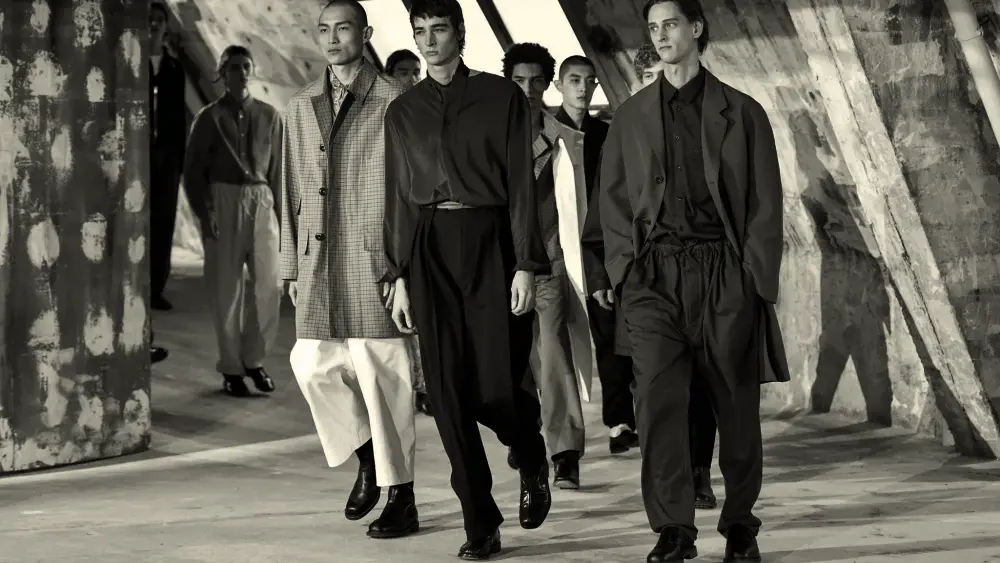
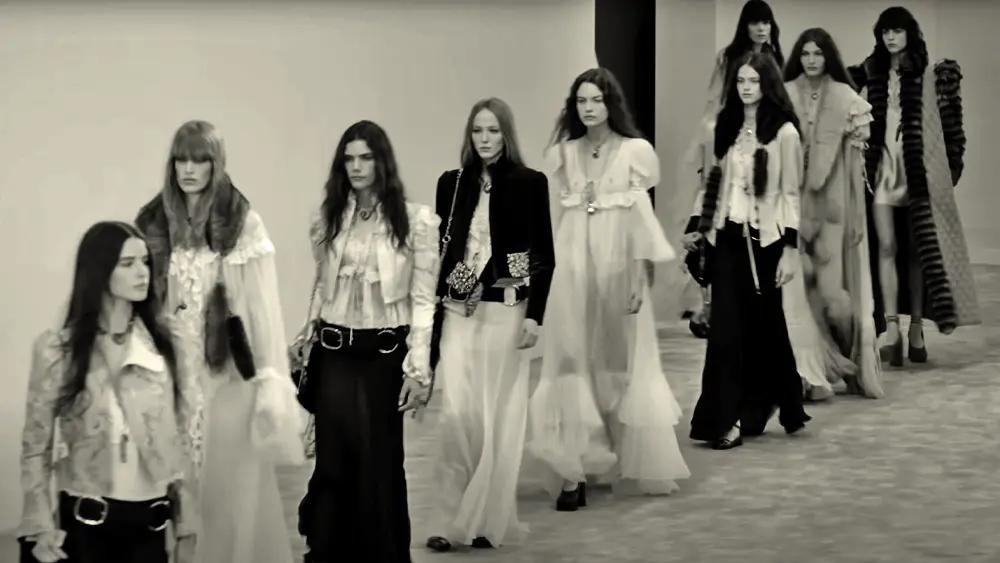
THE RENAISSANCE CODEX
“ART, POWER AND ETERNAL BEAUTY”
The Grace of Portraiture
Raphael’s portraits emanate inner light. His Madonnas are not merely religious icons—they are maternal, poised, and sensuous in their stillness. They elevate femininity beyond mere beauty to something spiritual and symbolic.
The drama of the human gesture, the sculptural volume of the figures, and the stark contrasts between flesh and void resonate in the sweeping forms of Stéphane Rolland,Dolce & Cabbana and Elie Saab, whose aesthetics favour exaggerated silhouettes and architectural cuts. Michelangelo’s ceiling inspired not just awe, but attitude.
In the contemporary imagination, this image is more than sacred—it is stylistic. The sculptural anatomy of the figures, their monumental grace, and the chiaroscuro drama of light and void all find visual kinship in today’s couture. Designers like Vera Wang and Dolce & Gabbana reinterpret Michelangelo’s aesthetic through sweeping silhouettes, nude-toned palettes, and garments that embody tension and release. Their corseted forms, voluminous gowns, and baroque embellishments capture the spiritual theatre of the Sistine ceiling with modern edge and attitude.
In this way, The Creation of Adam, along with the other frescoes, no longer belongs solely to the Vatican. It pulses in the rhythm of the runway and the red carpet, in the symmetry of a silhouette, in the whispered promise of touch. They are living frescoes—rewritten through fashion.

SISTINE MADONNA (c. 1513–1514)
Oil Painting
Gemäldegalerie Alte Meister, Dresden
A serene Madonna masterpiece showcasing Raphael’s graceful, poised figures and soft chromatic elegance.
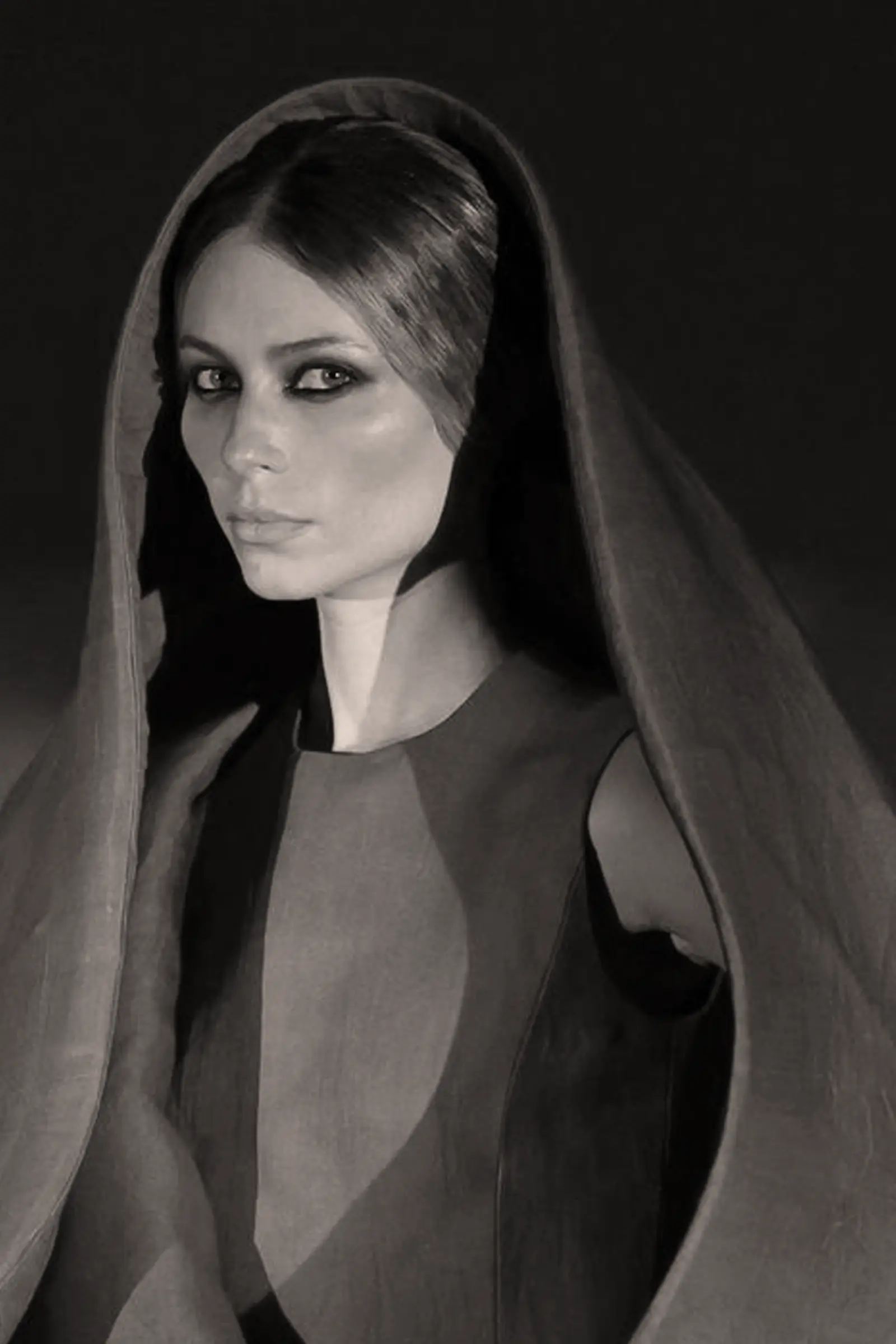
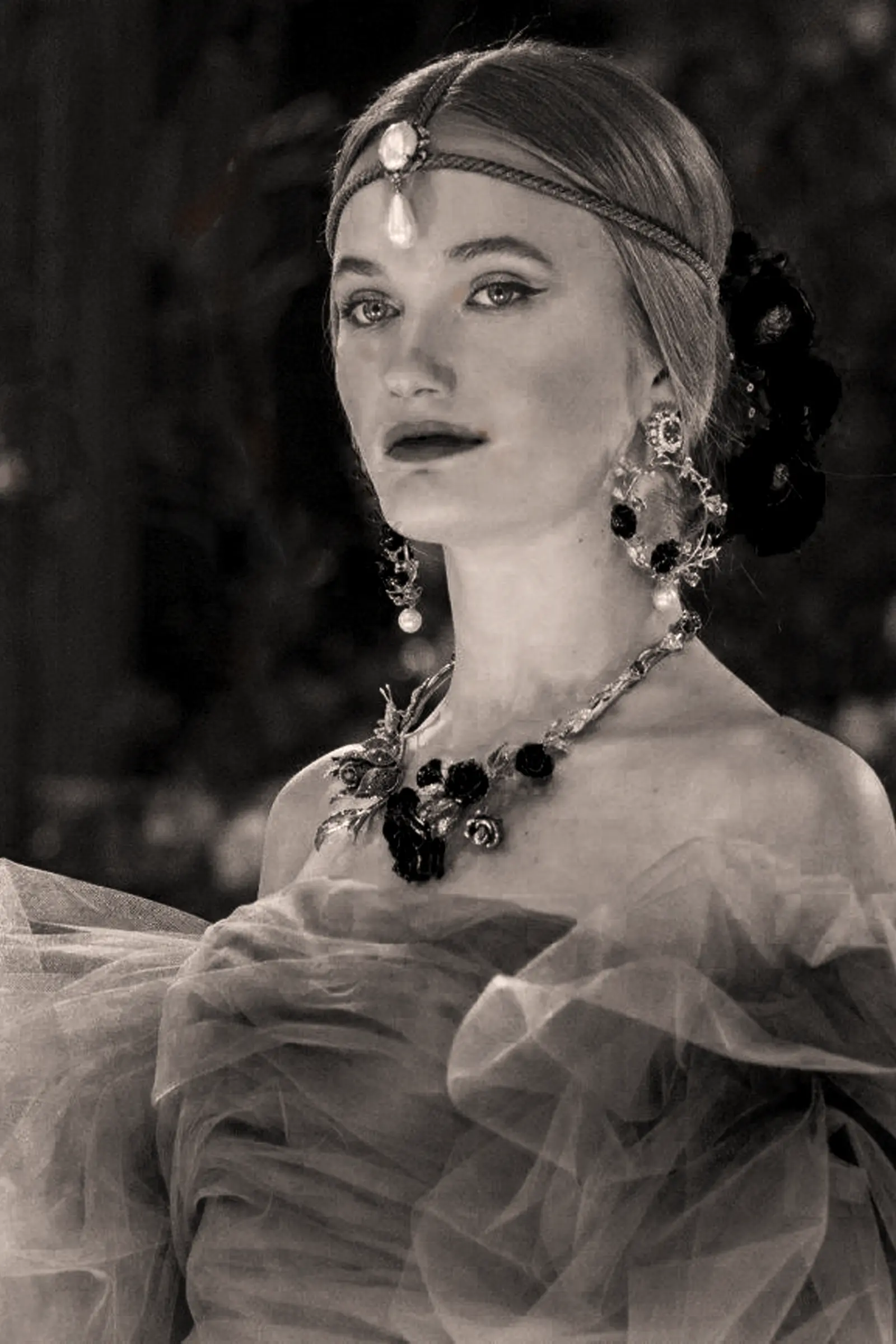

Sistine Madonna evokes ethereal softness, echoed in the gauzy layers of Stéphane Rolland, the opulent romanticism of Dolce & Gabbana, or the intricate elegance of Elie Saab. The putti (cherubs) beneath the Madonna have become iconic in pop culture, printed on everything from perfume boxes to runway embroidery—a testament to Raphael’s cultural endurance.
✦ These selected fashion looks—rooted in volume, symmetry, rich texture, and design narration—mirror the visual ethos of Raphael’s work. They reflect how High Renaissance aesthetics continue to influence contemporary couture, bridging centuries between canvas and catwalk.

Legacy of Poised Beauty
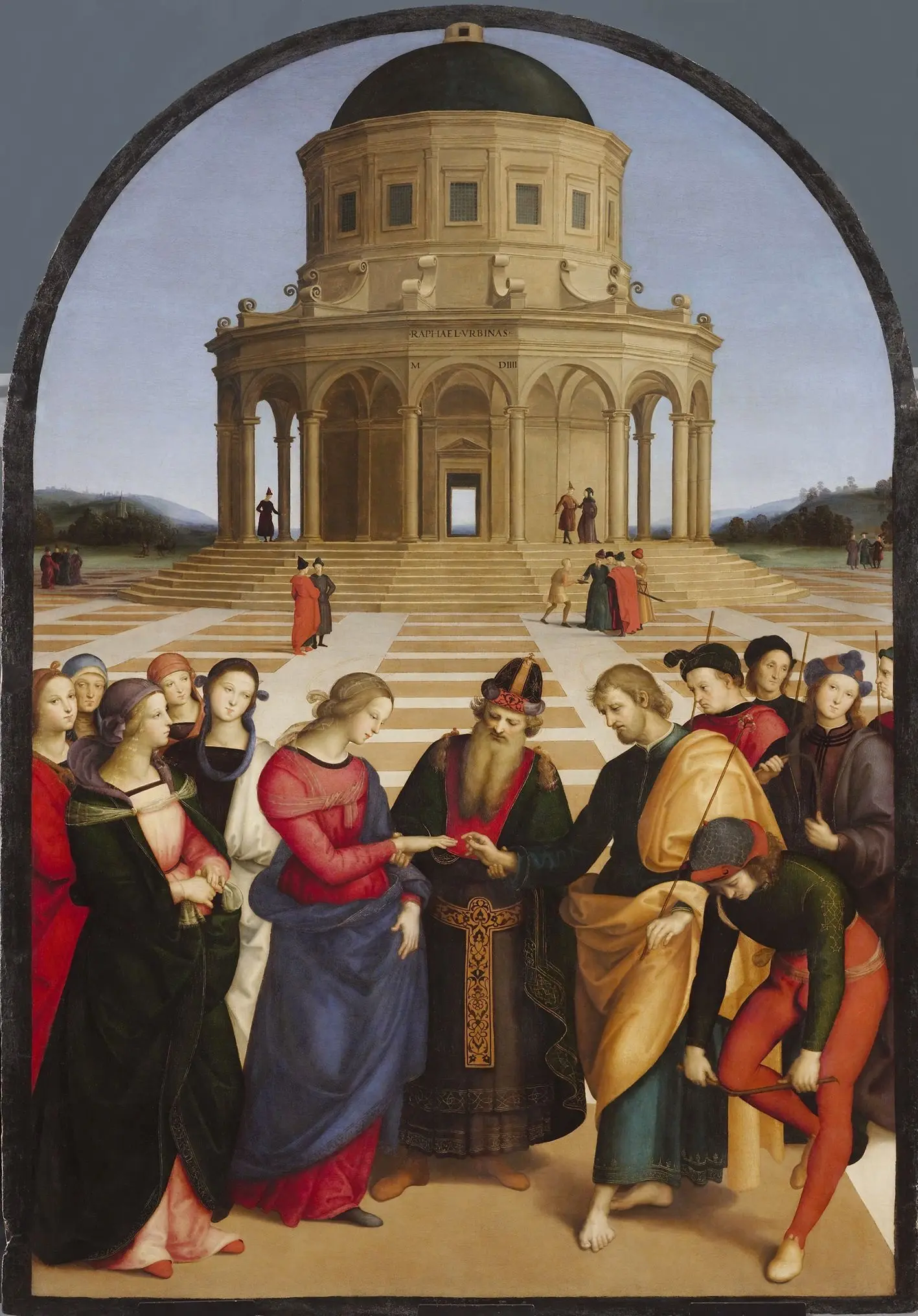
The Marriage of the Virgin (1504)
Pinacoteca di Brera, Milan
Raphael died at 37, leaving behind a body of work so refined it became the blueprint for classical beauty in Europe for centuries. In fashion, his influence surfaces in designers who favour symmetry, softness, and structure—where femininity is strength, not spectacle.
Modern fashion houses that channel Raphael’s sensibility—such as Valentino, Loewe, or Max Mara—mirror his visual ethos: poised silhouettes, harmonious palettes, and a reverence for craft as an expression of calm power.
The Marriage of the Virgin (1504) captures a moment of ceremonial grace beneath an impeccably balanced architectural dome, its composition radiating harmony and precision. In fashion, this translates into bridal couture and ceremonial dressing where structure and symbolism meet. The central archway’s symmetry finds echoes in the architectural tailoring of Valentino gowns, the soft yet formal drape of Elie Saab’s bridal collections, and the refined palette of Dior Haute Couture.
Like Raphael’s figures—poised, modest, yet imbued with narrative—these designs speak of ritual elegance, where every seam and silhouette serves a purpose, and beauty is elevated through balance, proportion, and timeless symbolism.
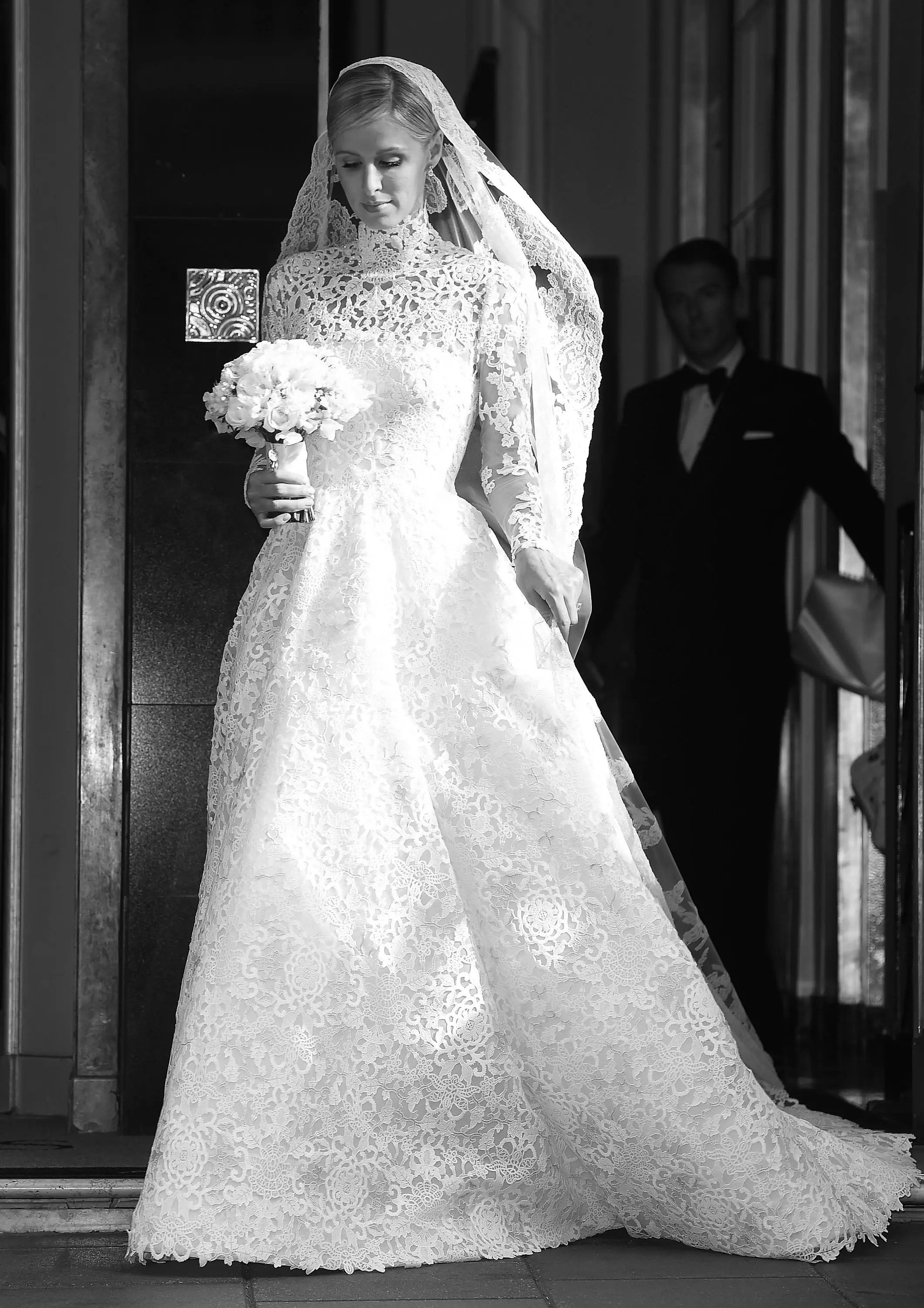
Valentino
Valentino echoes Raphael’s serene beauty with symmetry, softness, and timeless grace.
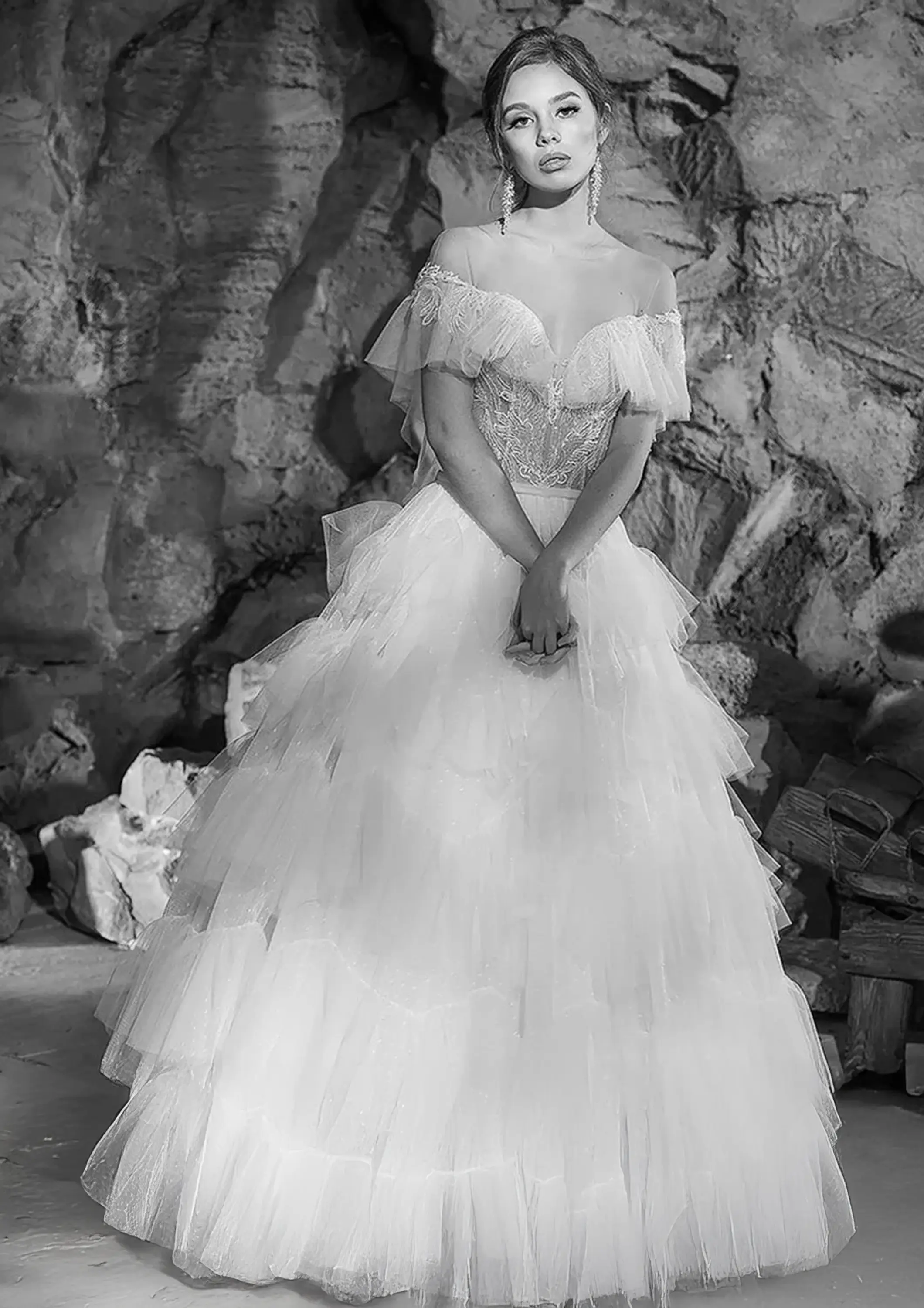
Loewe
Loewe drapes Raphael’s harmony in fabric—sculpted whispers, serene lines, and timeless grace.
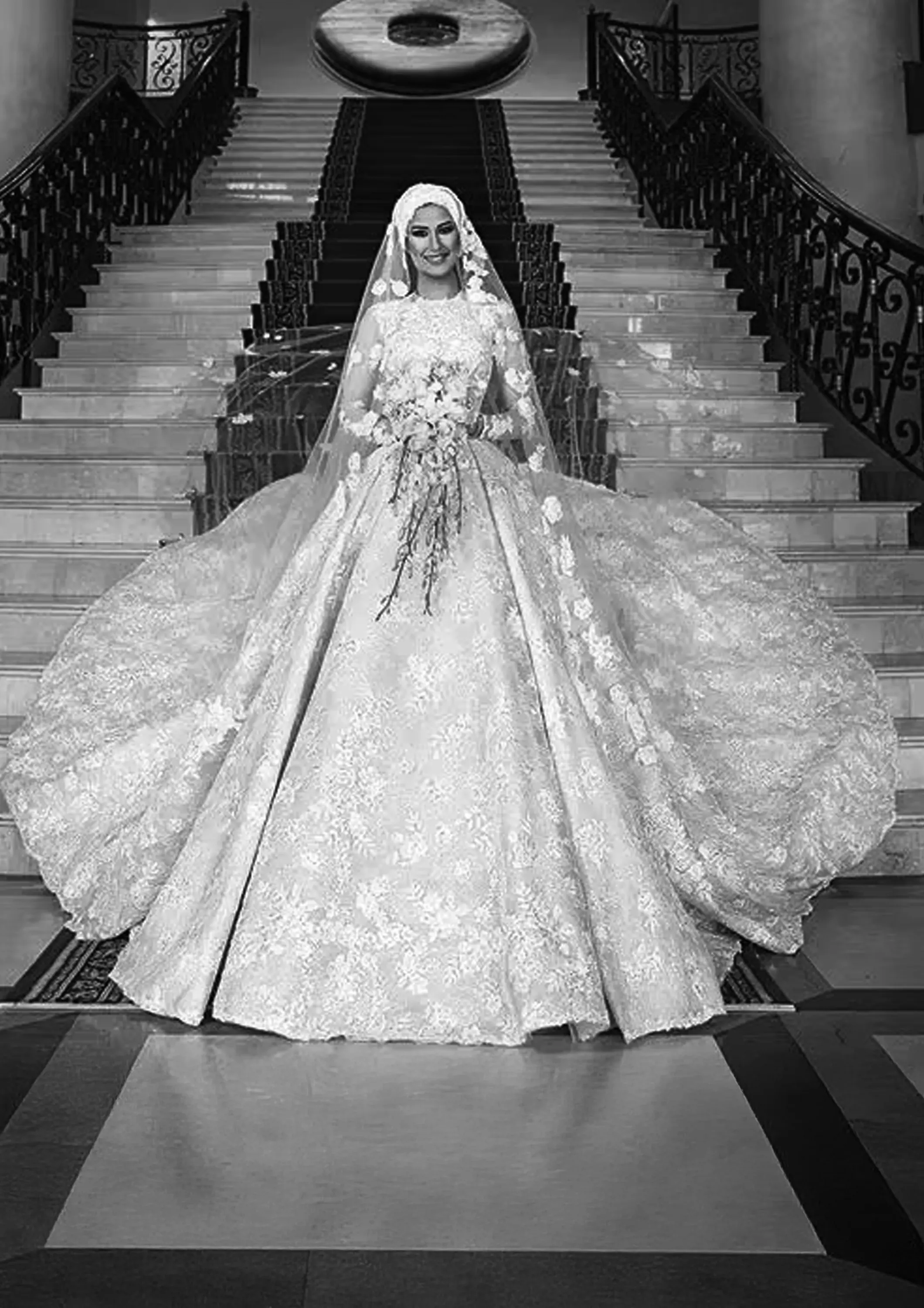
Max Mara
Max Mara distills Raphael’s poise into refined tailoring—quiet power wrapped in timeless form.
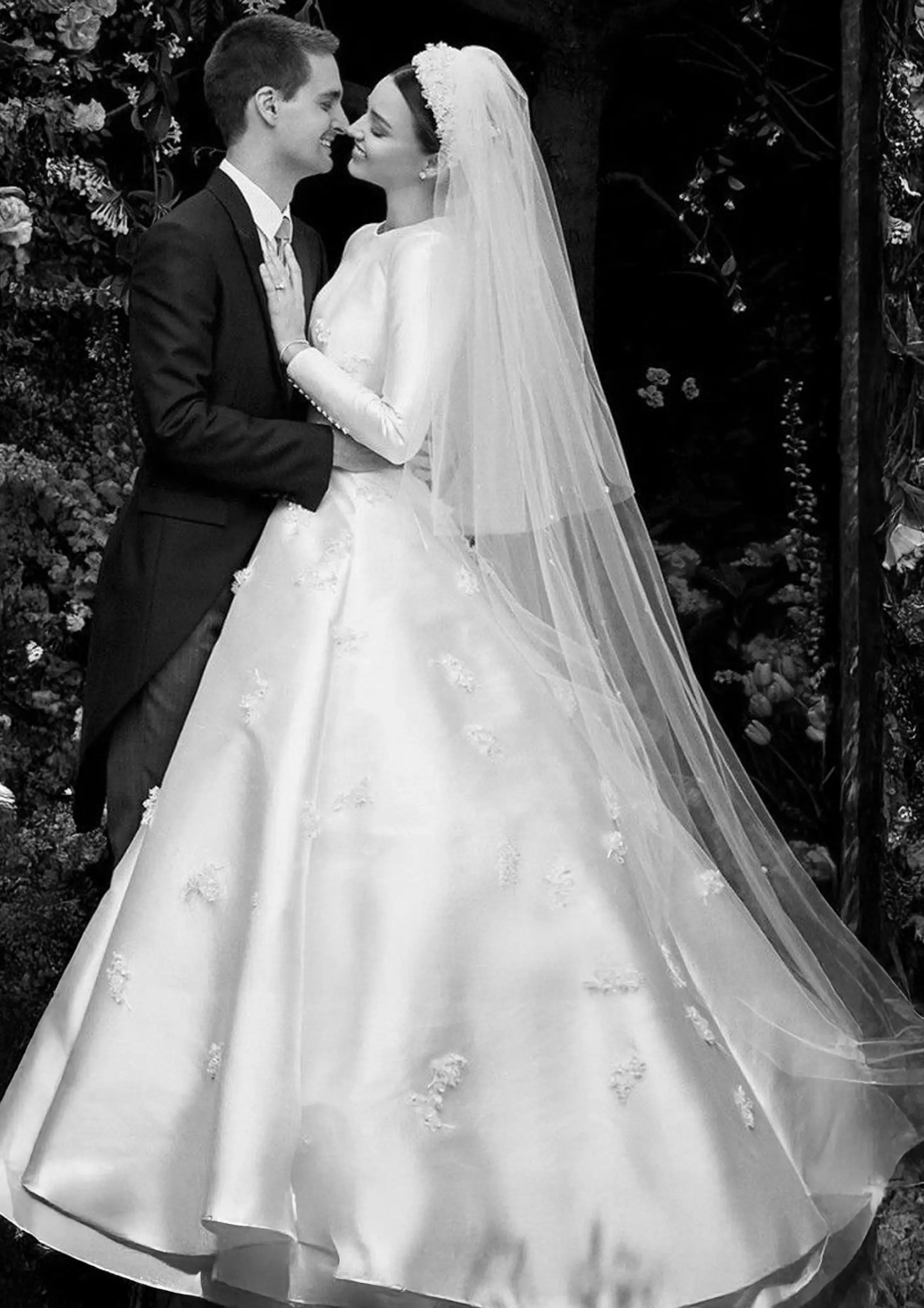
Dior
Dior channels Raphael’s divinity in couture—soft light, sacred balance, and ethereal femininity.
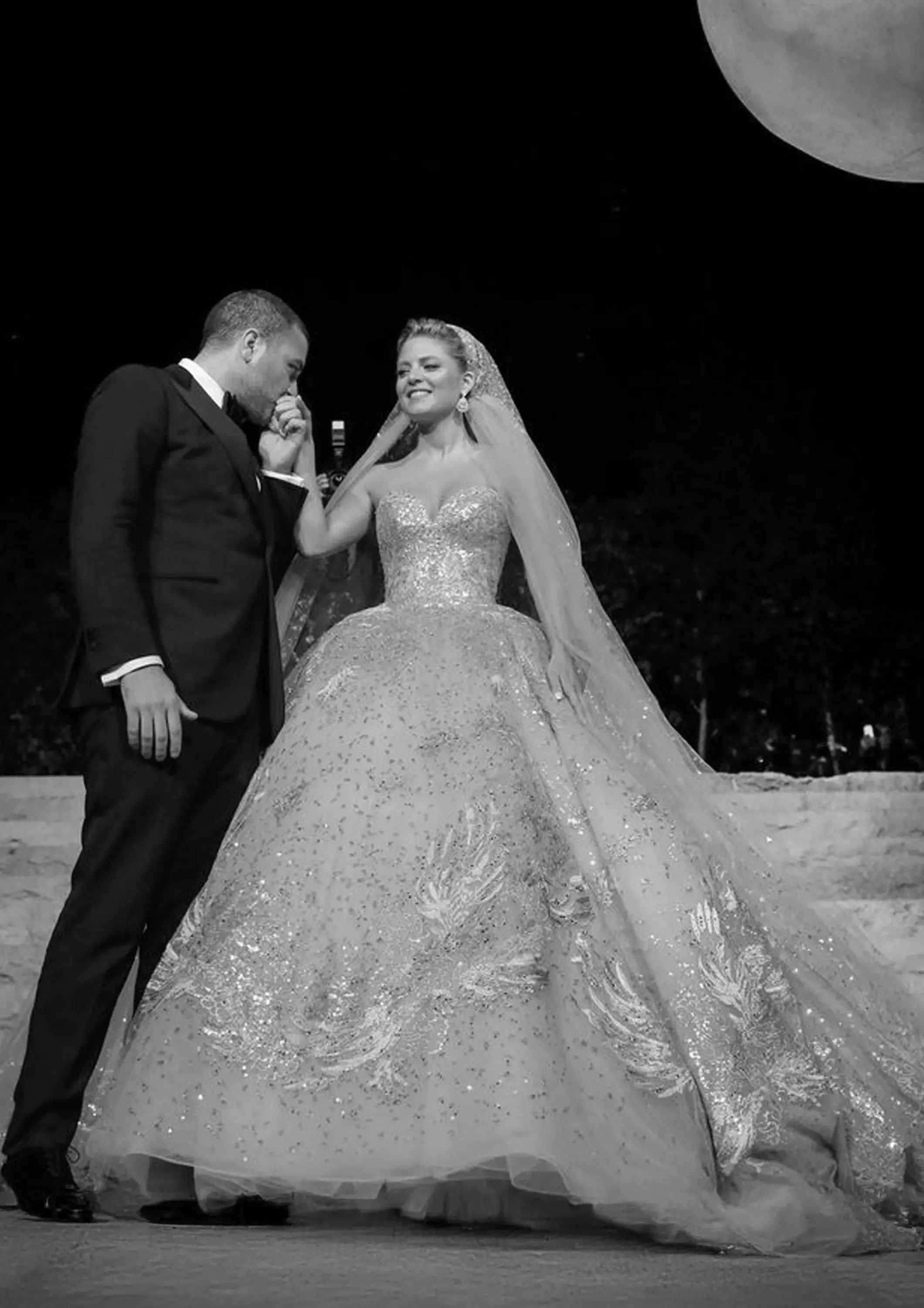
Elie Saab
Elie Saab transforms Raphael’s elegance into gowns—luminous detail, flowing grace, eternal romance.
In an age of overstimulation, Raphael reminds us of the enduring power of elegance and balance. He is not the loudest of the Renaissance voices, but perhaps the most timeless.

Next in Part V: Sandro Botticelli — Myth, Beauty & the Sublime Feminine.
— MeeKar






